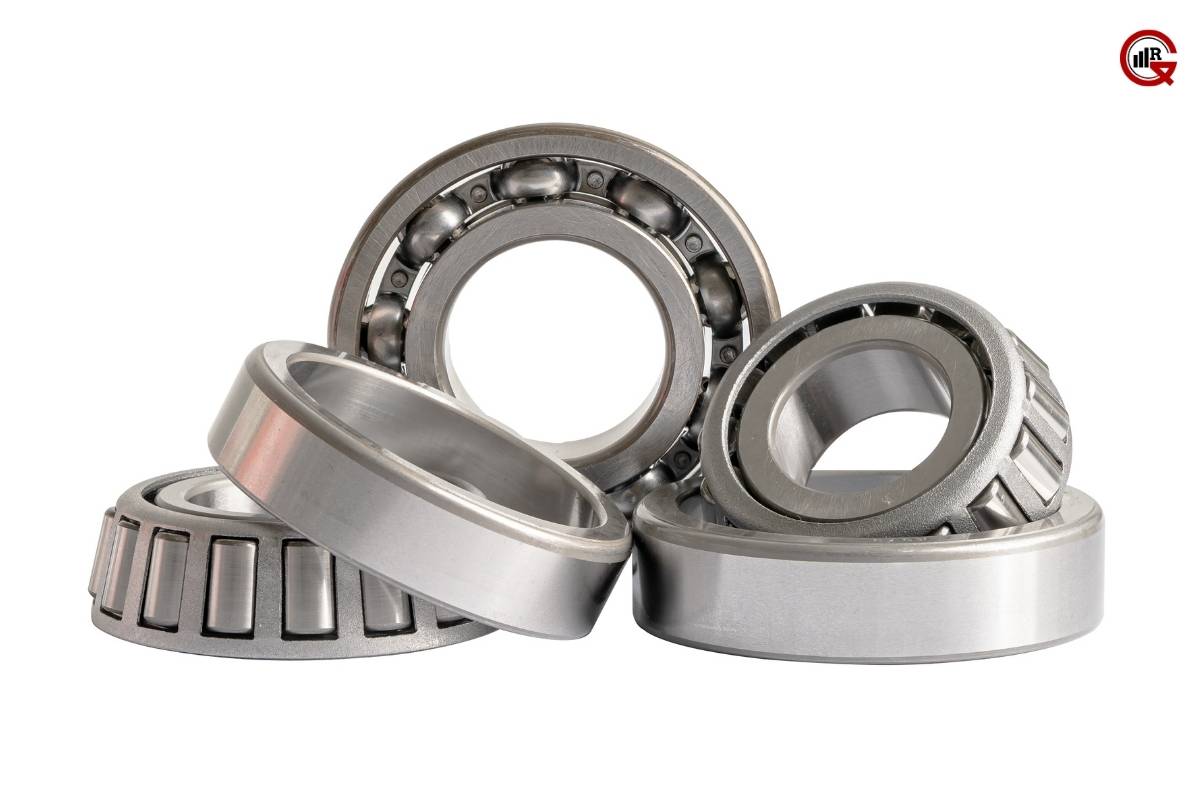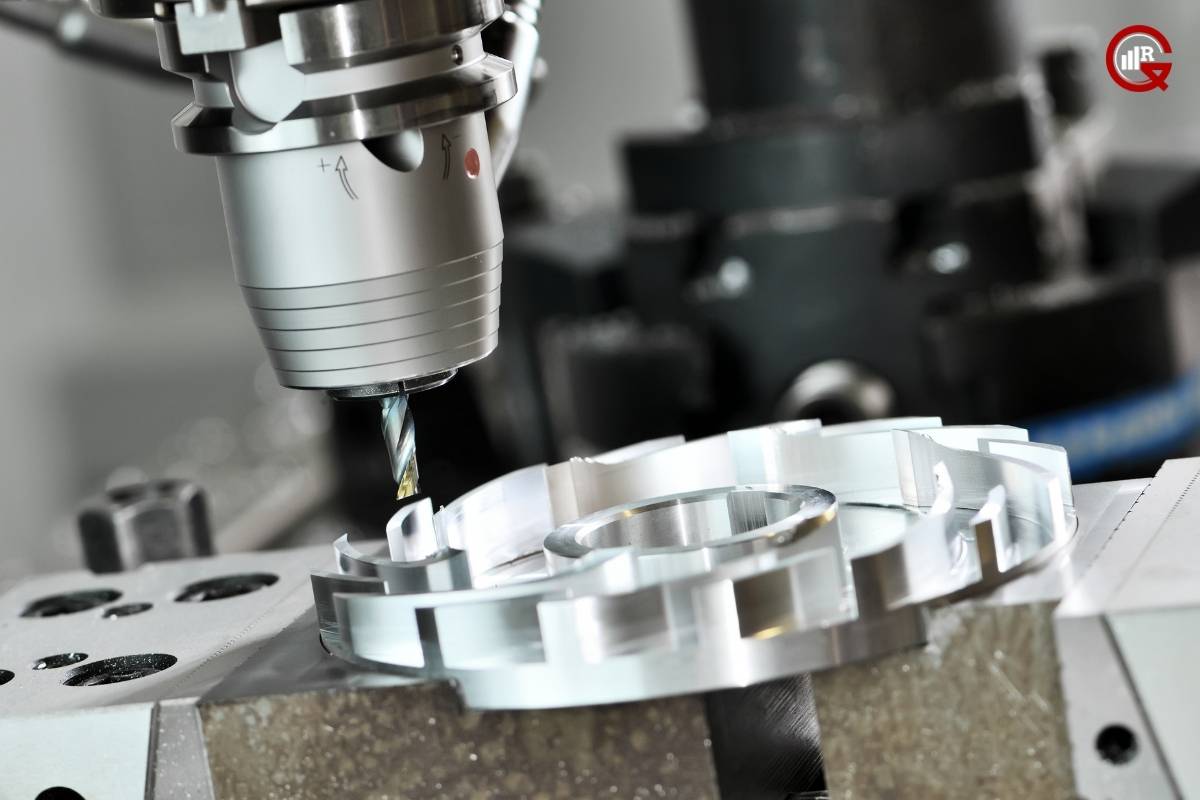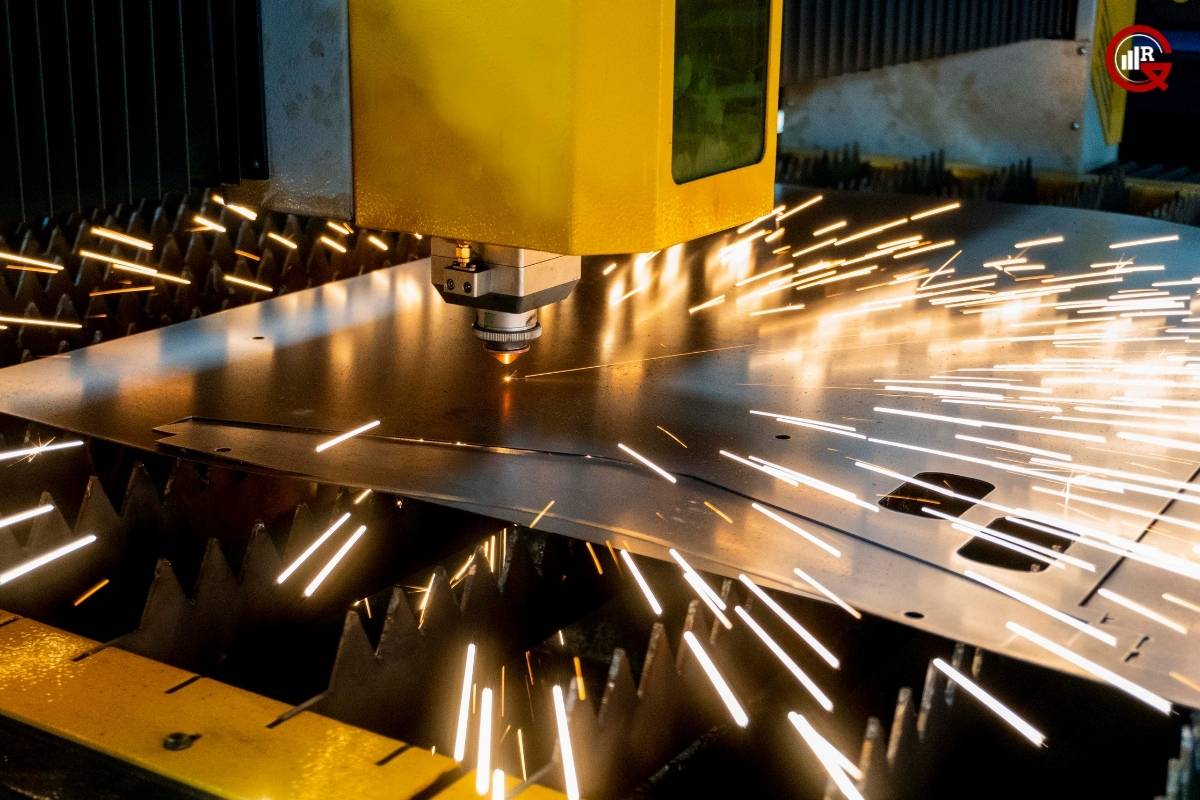Friction is a fundamental aspect of our everyday lives, often overlooked but omnipresent in countless applications across various industries. From the brakes in our cars to the soles of our shoes, friction plays a crucial role in ensuring safety, stability, and functionality. In this article, we delve into the world of friction products, exploring their types, applications, manufacturing processes, and significance in modern engineering.
Understanding Friction Products
Friction products encompass a diverse range of materials and components designed to generate frictional force when in contact with other surfaces. These products are engineered to provide specific frictional properties tailored to the requirements of different applications. While the primary purpose of products is to control motion and prevent slippage, they also serve other functions such as heat dissipation, noise reduction, and wear resistance.
Types of Friction Products

Friction materials come in various forms, each suited to specific applications based on factors such as operating conditions, load requirements, and environmental considerations. Some common types of friction products include:
Brake Pads and Linings: Perhaps the most well-known friction products, brake pads, and linings are essential components in automotive braking systems. These materials are subjected to high temperatures and pressures during braking, requiring excellent heat resistance, durability, and consistent performance.
Clutch Facings: Clutch facings are used in automotive and industrial clutches to transmit power from the engine to the transmission system. These materials must exhibit high friction coefficients, good thermal stability, and resistance to wear and fatigue.
Friction Discs: Friction discs, also known as friction plates or friction discs, are integral components in machinery such as agricultural equipment, construction machinery, and industrial machinery. These discs facilitate the transfer of motion and torque between rotating components while providing precise control over speed and acceleration.
Anti-Skid Materials: Anti-skid materials are applied to surfaces such as roads, walkways, and aircraft runways to enhance traction and reduce the risk of slippage, especially in wet or icy conditions. These materials often consist of aggregates, polymers, or specially formulated coatings designed to increase surface friction.
Abrasive Products: Abrasive materials, including sandpaper, grinding wheels, and abrasive pads, are used for material removal, surface finishing, and polishing applications. These products rely on friction to remove material through abrasive action, making them essential tools in metalworking, woodworking, and surface preparation.
Manufacturing Processes

The manufacturing of friction products involves a combination of materials science, engineering, and advanced manufacturing techniques to achieve the desired performance characteristics. Some common manufacturing processes include:
Mixing and Formulation: The raw materials used in products, such as fibers, binders, fillers, and friction modifiers, are carefully selected and blended to achieve the desired frictional properties. The mixture is then subjected to compaction or molding to form the desired shape, such as brake pads or clutch facings.
Curing or Sintering: After shaping, the green compacts or molded parts are subjected to heat and pressure in a curing or sintering process to bond the components together and impart strength and stability to the final product. The curing process may involve the use of heat, pressure, or chemical reactions to achieve optimal material properties.
Surface Treatment: Many products undergo surface treatments or coatings to enhance their frictional performance, durability, and resistance to wear and corrosion. These treatments may include the application of heat-resistant coatings, friction modifiers, or anti-corrosion agents to improve overall performance and longevity.
Significance in Modern Engineering
Such products play a vital role in modern engineering across a wide range of industries, including automotive, aerospace, manufacturing, and construction. Some key areas where products are indispensable include:
Automotive Industry: In the automotive sector, products such as brake pads, clutch facings, and transmission components are critical for vehicle safety, performance, and reliability. These components undergo rigorous testing and quality control to meet stringent industry standards and regulatory requirements.
Industrial Machinery: Friction products are widely used in industrial machinery and equipment for power transmission, motion control, and braking applications. Whether in heavy-duty mining equipment or precision manufacturing machinery, friction materials ensure smooth operation, precision control, and safe operation of machinery in various industrial settings.
Aerospace and Defense: In the aerospace and defense sectors, friction products are employed in aircraft landing gear, braking systems, and propulsion systems to ensure safe takeoff, landing, and maneuverability of aircraft and spacecraft. These components must withstand extreme operating conditions, high temperatures, and dynamic loads while maintaining reliability and performance.

Consumer Goods: Friction is also prevalent in consumer goods such as household appliances, power tools, and sporting equipment. From the non-slip soles of athletic shoes to the braking systems of bicycles and motorcycles, friction materials enhance safety, usability, and performance in everyday products used by consumers worldwide.
Conclusion:
In conclusion, friction products are integral components in countless applications across various industries, providing essential functions such as motion control, braking, power transmission, and surface finishing. With ongoing advancements in materials science, manufacturing technologies, and engineering design, the role of products continues to evolve, driving innovation, safety, and efficiency in modern engineering and technology. Through continuous research, development, and collaboration, engineers and scientists are poised to unlock new possibilities and applications for products, further enhancing their performance, reliability, and sustainability in the years to come. As industries strive for greater efficiency, safety, and environmental responsibility, friction products will remain indispensable tools in the pursuit of progress and innovation in engineering and technology.






